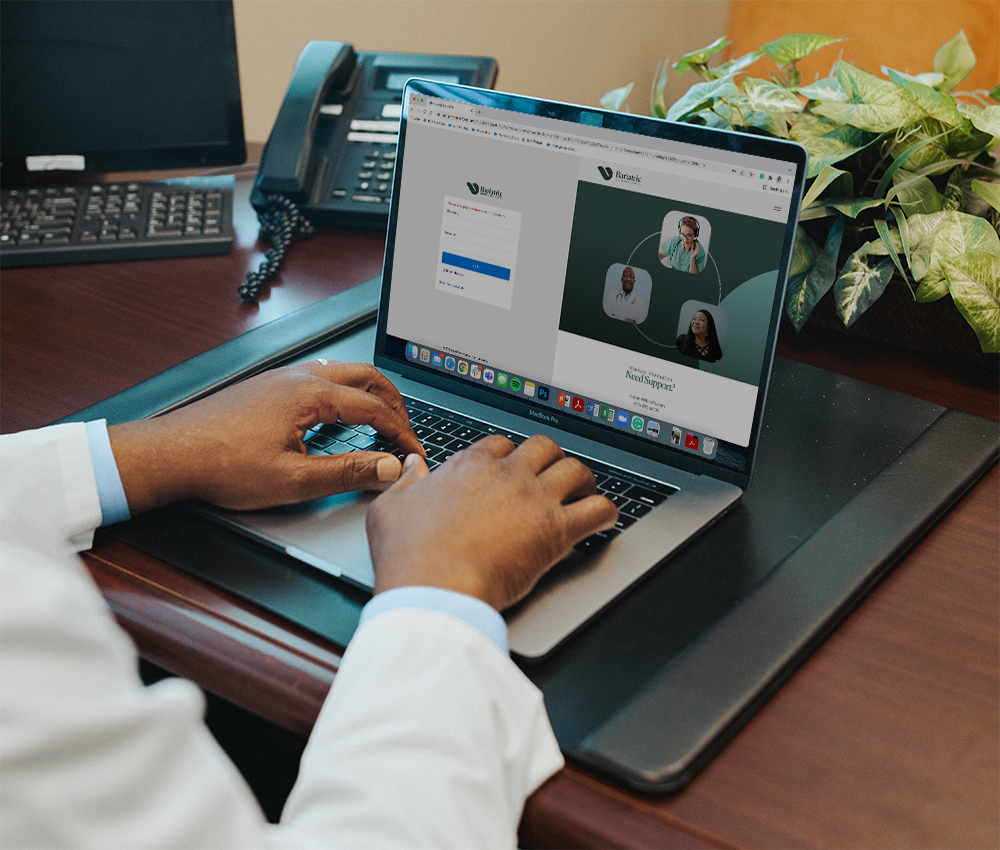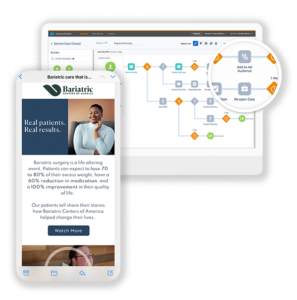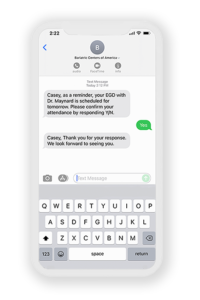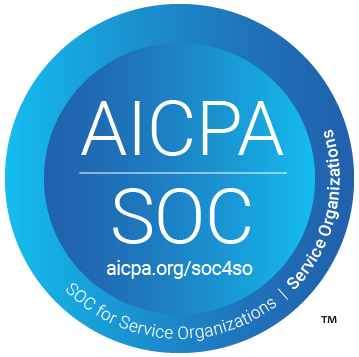
The other day our team sat on a zoom call with a sales manager, and he asked us what we believe the top three features of a bariatric patient navigation system are. Without hesitation, we jumped right into telling him about the must-have features any effective patient navigation system should have.
Top Features of a Bariatric Patient Navigation System
Any healthcare software solution storing protected health information (PHI) should be HIPAA compliant. Assuming that all bariatric patient navigation systems your program is reviewing are HIPAA compliant, these are the top features we believe effective navigation tools should have.
1. Customization of Fields
A common misconception is that all bariatric programs track their patients from consult to surgery in the same manner. However, we know this to be false in our years working with bariatric programs that vary in size and demographic makeup.
Despite the variety in requirements set forth by an insurance payer, most bariatric providers prefer to have a unique experience for their patients based on their surgical training and desire to understand the individual's health history. Some surgeons may only require an EGD, psych evaluation, and nutrition class, while others choose to be more hands-on and track the patient's food logs and physical therapy visits within the navigation tool.
Therefore, it is critically important that any bariatric patient navigation system you choose to implement at your practice has the ability to customize the fields and labels. Most CRM and patient navigation tools on the market will tell you their system is entirely customizable, but we have found that fields can only be added and edited by an administrator with a lead time of 2 to 3 weeks in making any changes.
At Bariatric Centers of America, our BariNav system is entirely customizable based on the end user's objectives and goals. We believe that any tool implemented to make your job easier should do just that and work based on your needs, not the other way around.
 2. Integration with a Patient Engagement Tool
2. Integration with a Patient Engagement Tool
We know that it takes the average obese individual two to four years to consider weight loss surgery. When we meet with a potential client to demo our solutions, we always ask how they are generating leads and engaging them to convert those leads into patients. Most bariatric programs, even some of the top-performing programs in the country, do not have an effective way to engage and nurture their leads.
When a prospective patient fills out a form on your website, where is that form going, and how are you engaging them with relevant content to push them along to make a decision? Relevant and timely content related to the patient's health concerns and demographic information is critical in converting your leads into surgery volume, especially in the age of customized patient care.
Similarly, the bariatric process is not linear. It is common for patients to fall out of the process after attending their initial consultation and then jump back into the program a few months later. And sometimes, those patients may stop scheduling their pre-surgical requirements and never follow back up.
Imagine how much lost revenue your bariatric program may be experiencing simply because you do not have a way to reengage the patient after they have dropped out of the program? Integration with a patient engagement tool is vital to recapture and reengage those patients who have fallen out of the process. And it is critical to have this tool synchronized with the information you are collecting about their online behavior on your website to provide a personalized care experience.
 3. Bi-Directional Patient Communication
3. Bi-Directional Patient Communication
Just as we mentioned the importance of engaging your patients throughout the entire bariatric journey, having the means to communicate with them bi-directionally is critical.
Once you have collected a prospective patient's information, someone from your program will likely reach out to that patient within a few days or weeks to gather their insurance information and set them up for their initial consultation. But what if instead of having the patient wait and potentially go to a competitor, you triggered an automated email or text message to the patient to let them know that you have received their information? Similarly, you gave the patient a means to email or text back to request information about your program or their patient file.
Our BariNav system has the ability to do all of that and more. Automate the messages sent to your patients, speed up communication with two-way text messaging, and track all those messages (including emails) within one system to improve care continuity across your organization. Just imagine how much more efficient your staff could be if they didn't have to pick up the phone and chase post-it notes all day?
Conclusion
Although there are many features to an effective bariatric patient navigation system, these are our top three that you should consider when evaluating navigation tools for your program. Any software solution should match your existing processes, make your staff members' jobs more efficient, and improve the bariatric patient experience.
If you are interested in learning more about our bariatric patient navigation system and how we can help improve your surgical volume, we encourage you to reach out and schedule a demo with our team.












